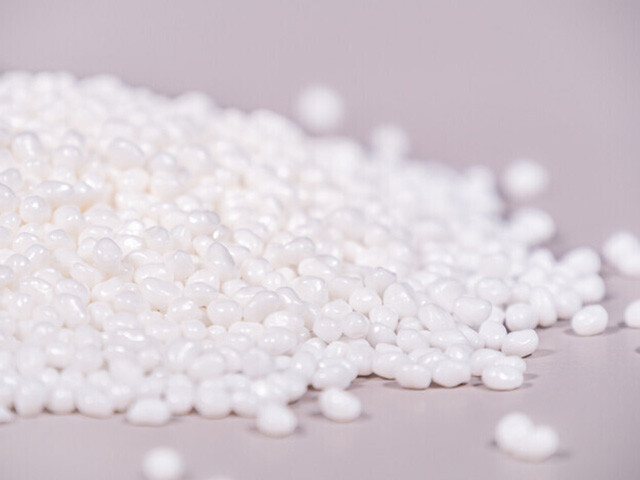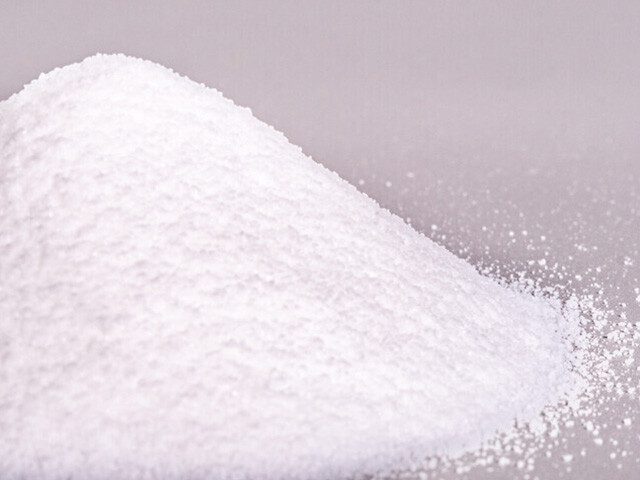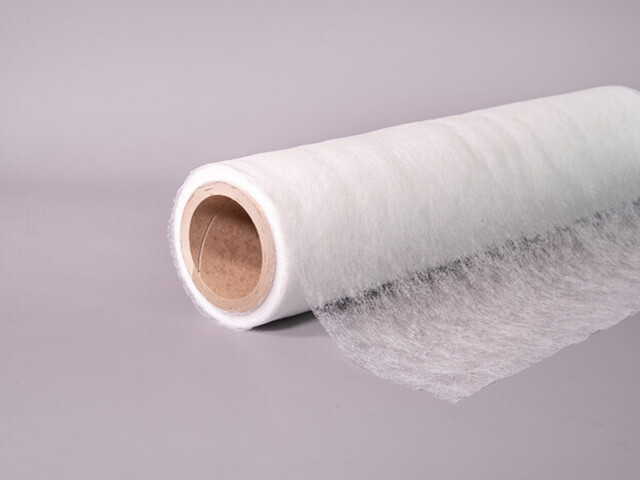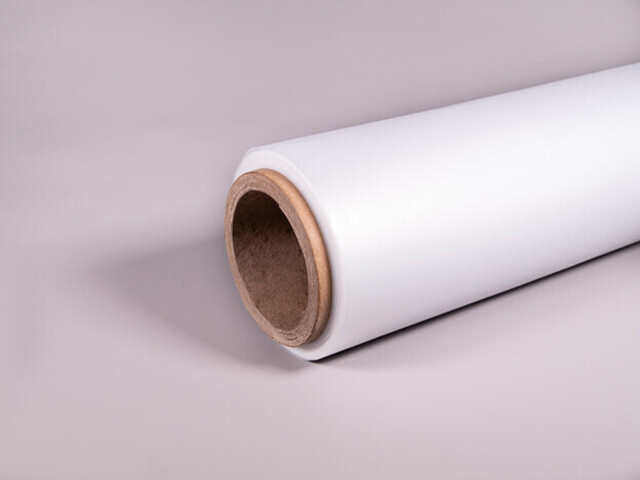Innovative Hot Melt Solutions: Bostik's Flooring Adhesives for Efficiency and Sustainability
SHM Portfolio
High-traffic, indoor and outdoor flooring requires high-quality solutions. Bostik SHMs can withstand the demanding conditions of carpets, vinyl, wood and rubber. Our portfolio includes pellets and powders for carpets, plus webs and films for harder floorings. With each technology available in varying base polymers, we can offer creative and efficient solutions that meet your specification requirements, and the latest design, performance and sustainability demands of the flooring market.
Safer Solutions
The carpet manufacturing process has traditionally relied on latex adhesives and bitumen, but both have their challenges and limitations. For example, latex requires long, energy-intensive drying processes, while bitumen is heavy and emits VOCs. Bostik SHMs offer a suitable alternative. As solid thermoplastics, they offer possibilities of de-bonding and enable you to design mono-material carpets, which are often easier to recycle or repurpose at the end of their life cycle.
The Best Adhesives for Different Flooring Types
Adhesive for Vinyl Tiles & LVT
Bostik's specialized vinyl flooring adhesives ensure strong bonding, flexibility, and moisture resistance for LVT and sheet vinyl applications. Our advanced formulations feature pressure-sensitive technology and other chemistry such as PO/PP, PU and HM PUR, They are ideal for both commercial and residential installations. These adhesives provide excellent initial tack while allowing proper positioning time, plasticizer resistance, low surface energy bonding.
Lamination & Tuft Lock for Carpet
For tuftlock carpets, which represent the majority of manufactured carpets today, multiple yarns are pushed through a primary backing to create loops or tufts. To fasten and stabilize fibers from pulling, a heavy adhesive coating is applied, and a secondary backing is usually bonded against it for strength, stability and durability. Typically an aqueous latex adhesive is used to penetrate into the carpet tufts to lock them in place. However, a low viscosity hot melt adhesive can accomplish the same performance when applied.
Various hot melt adhesives, whether in powder or pellet form, can be tailored to suit processes and product requirements depending on the type of carpet (tufted, woven, or other). Powder hot melts can be applied on the carpet and then heated, allowing the melted hot melt to penetrate the carpet and create a tufted lock. As for the pellets, the adhesive is preheated toa molten state and applied using a roll coating machine. This reduces the required setting time, eliminates the need of oven drying and allows the hot melt to penetrate deeper into the carpet.
Frequently Asked Questions
Bostik offers high-performance vinyl flooring adhesives designed for durability, flexibility, and strong bonding. Some of the best options include:
- A high-performance polyurethane adhesive ideal for luxury vinyl tile (LVT) and pad attachment.
- Pressure-Sensitive Adhesives – Provide strong initial tack and long-term durability, perfect for heavy traffic areas.
When it comes to bonding rubber flooring, it's essential to choose an adhesive that offers strong adhesion to low surface energy materials like rubber, along with durability under stress, heat, and movement. We recommend using hot melt adhesives based on chemistries such as:
- EVA (Ethylene-Vinyl Acetate) – for flexible bonding and ease of processing
- PES (Polyester) – for high heat resistance and strong mechanical performance
- PA (Polyamide) – for excellent adhesion to rubber and resistance to plasticizer migration
- HM PUR (Hot Melt Polyurethane Reactive) – for superior durability, moisture resistance, and long-term performance
These adhesives are available in various melt temperatures and formats (pellets, films, powders), making them suitable for different rubber lamination and flooring installation processes.
Adhesive flooring typically lasts between 10 to 20 years, depending on several key factors:
- Material Quality: Higher-grade vinyl or PVC adhesive flooring tends to be more durable.
- Installation: Proper surface preparation and expert installation help prevent peeling or bubbling.
- Foot Traffic: High-traffic areas wear down faster; low-traffic zones can extend longevity.
- Environmental Conditions: Moisture and temperature fluctuations can weaken adhesive over time.
- Maintenance: Regular cleaning with pH-neutral products and avoiding harsh chemicals preserves the surface.
While they’re often used interchangeably, glue and adhesive aren’t quite the same thing. Here's how they differ:
Glue: A Subset of Adhesives
- Definition: Glue is a specific type of adhesive, traditionally made from natural sources like animal collagen or plant starch.
- Common Uses: Ideal for crafts, woodworking, and household repairs.
- Examples: Wood glue, school glue (PVA), super glue (cyanoacrylate).
- Strength: Generally less durable than industrial adhesives.
- Drying Time: Often faster, making it convenient for quick fixes.
Adhesive: The Broader Category
- Definition: Adhesive is an umbrella term for any substance that bonds surfaces together—this includes glues, tapes, epoxies, and sealants.
- Composition: Can be natural or synthetic, often engineered for specific tasks.
- Applications: Used in construction, automotive, aerospace, and other heavy-duty industries.
- Strength & Versatility: Typically stronger, more resistant to heat, moisture, and chemicals.




